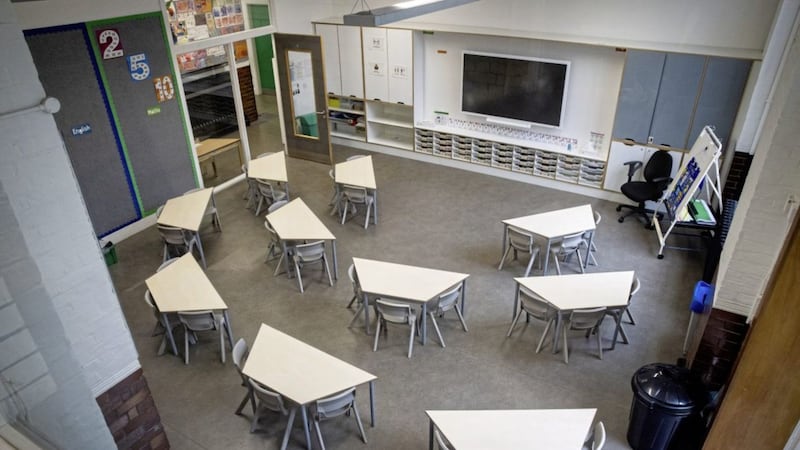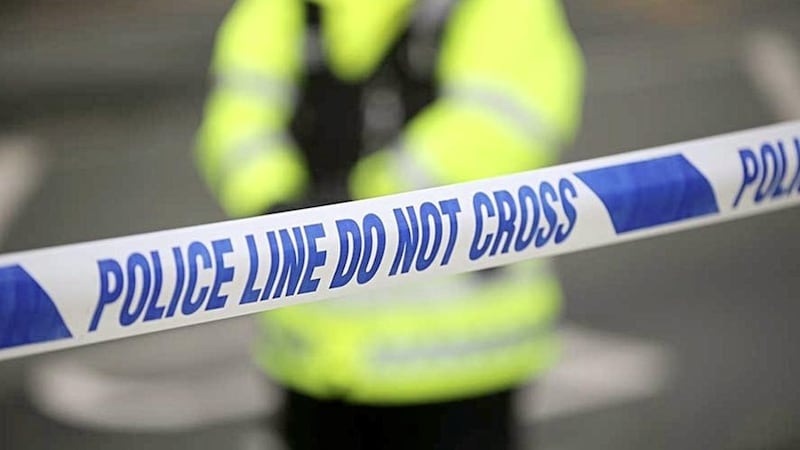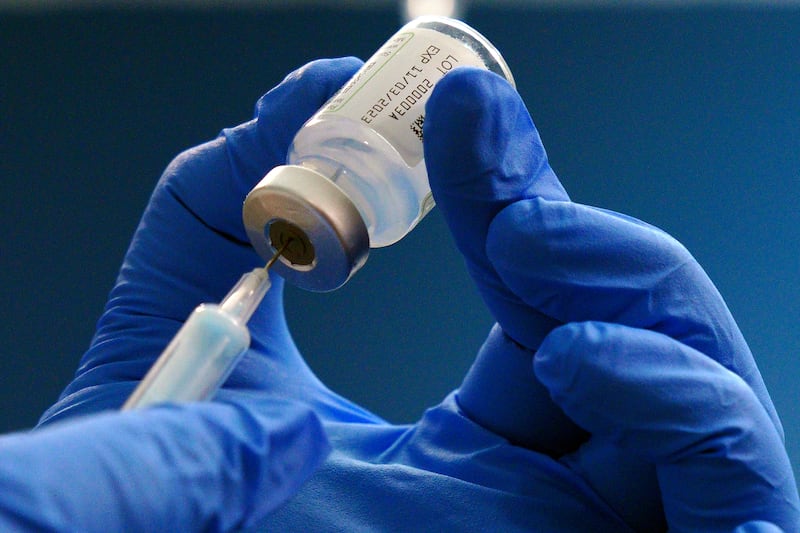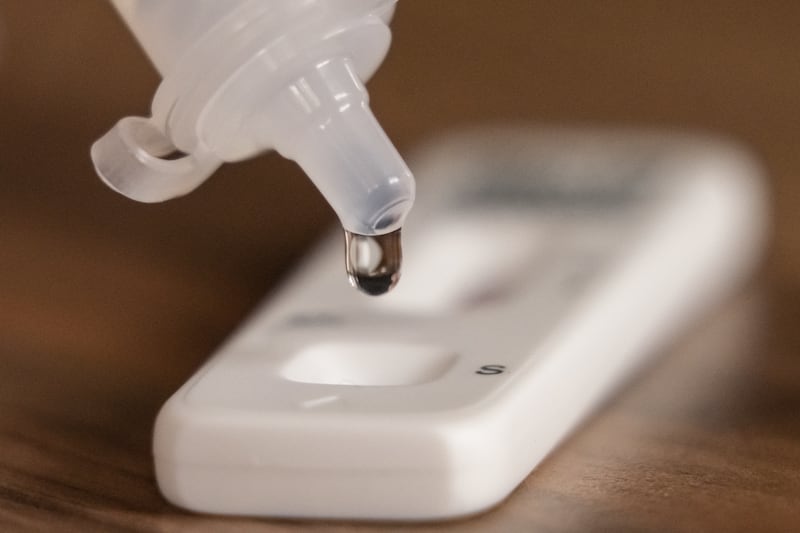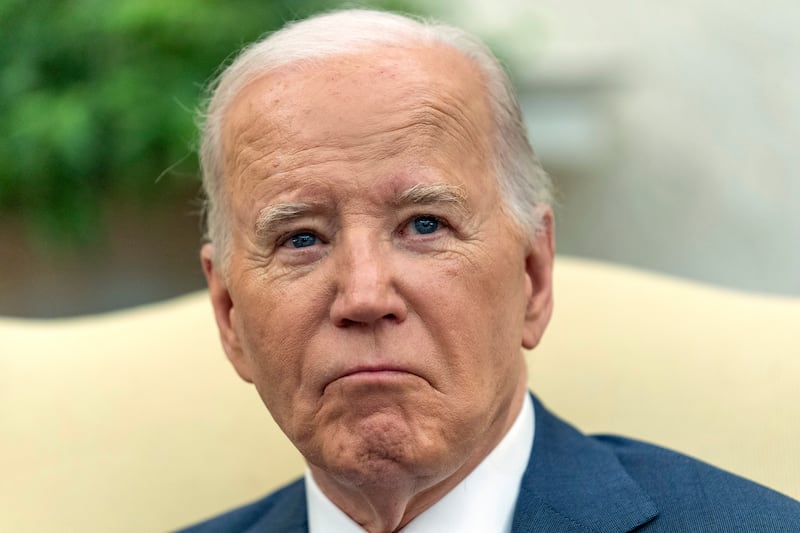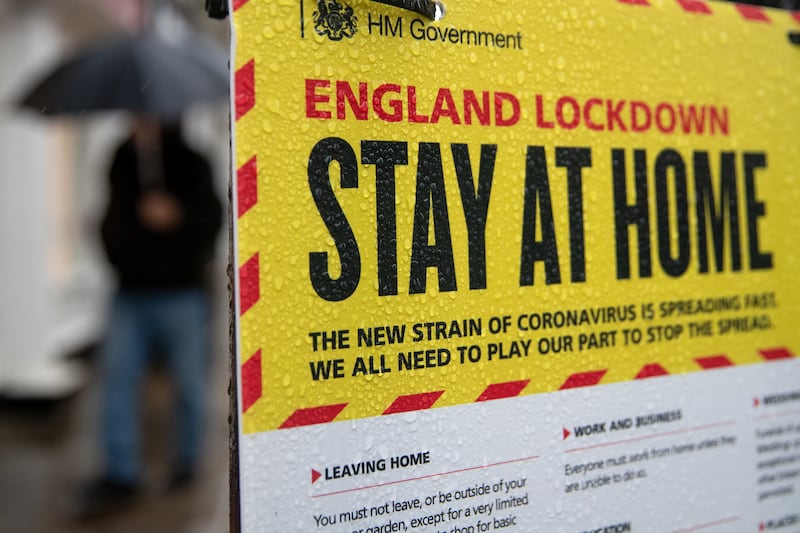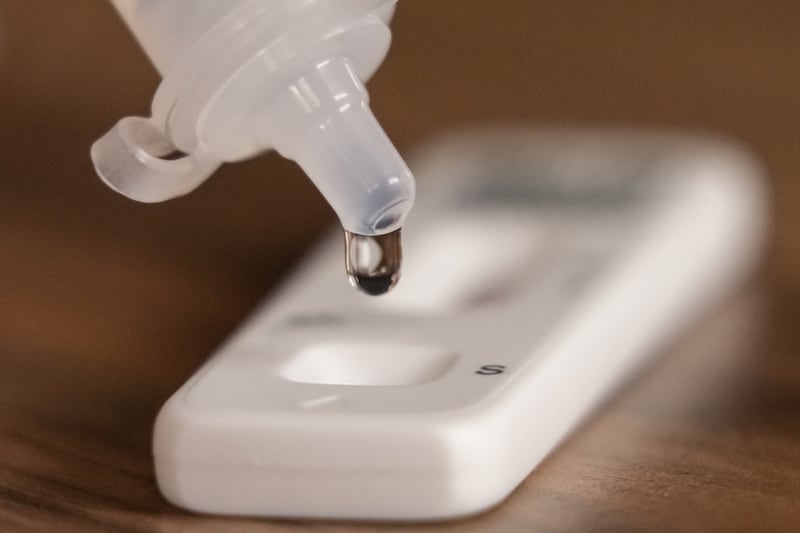POORER pupils have been dealt a "double blow" to their education after missing the most learning during both lockdown and the autumn term, research has revealed.
New analysis by the Education Policy Institute (EPI) found that the most disadvantaged and vulnerable pupils have been worst affected by disruption.
The research, released during half term, is the first to compare data on school attendance across England, Scotland, Wales and Northern Ireland since pupils returned to class.
It considers how attendance rates vary among different pupil groups and in different areas.
Rising Covid-19 rates have created challenges for schools since they reopened, with thousands of pupils and staff sent home following outbreaks.
The EPI analysis showed that in areas with the highest rates of the virus, as many as four in 10 secondary pupils were unable to attend school during October.
It also suggested that in the first half of the autumn term, the most deprived areas in Britain and Northern Ireland were more likely to have lower attendance levels.
Rates overall were the highest in Scotland and Northern Ireland, close to a normal year. England had a larger share of Covid-related absences.
EPI said it was not possible to establish the precise reasons for these differences but added "it is notable that both Northern Ireland and Scotland did not reopen schools more widely in June or July, and thus had longest to plan for a full reopening".
They also reopened at a time when infection rates were close to a low point in August.
But the study found a clear link between pupils with higher levels of deprivation and low attendance, along with indications that poorer children were more likely to miss out on formal schooling during the first term.
This followed evidence from the lockdown period in the spring, which showed that the amount of home learning taking place during the height of the pandemic was far greater among pupils from high income families.
Following this second wave of disruption, EPI has urged the government to target more of its school catch-up funding at disadvantaged pupils who have fallen further behind.
"The most disadvantaged children in the UK are facing a double blow to their education, after having lost the most learning time during the lockdown period in the spring and now during the autumn term of the new school year," said David Laws, EPI executive chairman.
"Government support for these pupils currently falls short of what is required. In England, the £650 million to help pupils catch up with lost learning time allocates the same amount of funding to a pupil in an affluent area as it does to a pupil in a poorer area.
"Funding also currently fails to take into consideration the rate of infection in an area and the level of disruption faced by schools.
"It is unclear why the government has not directed a greater proportion of funding to those pupils most in need of support.
"There is a compelling case for a more targeted approach to support poorer pupils who are disproportionately missing out on learning time, in order to prevent a significant widening of the attainment gap."
